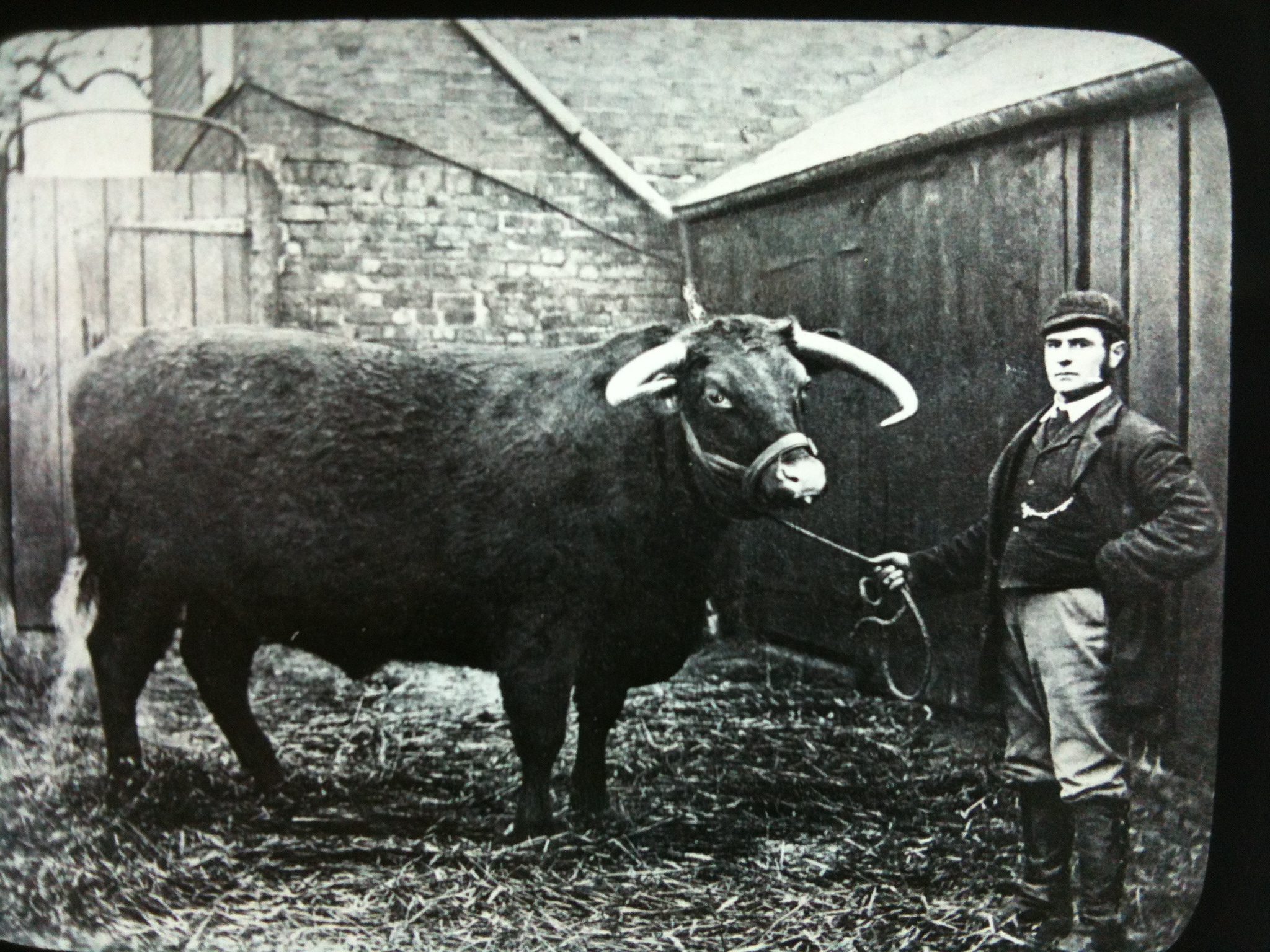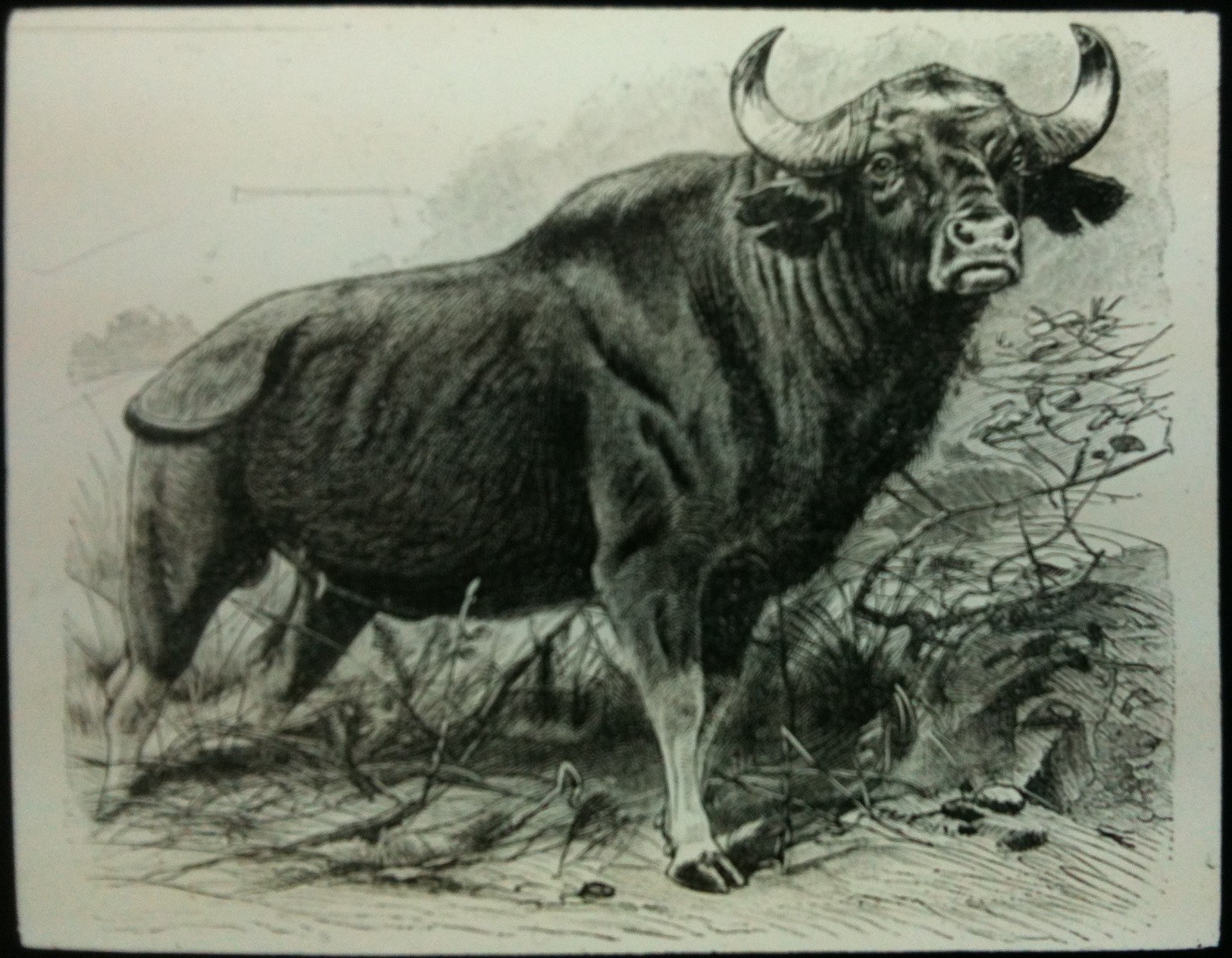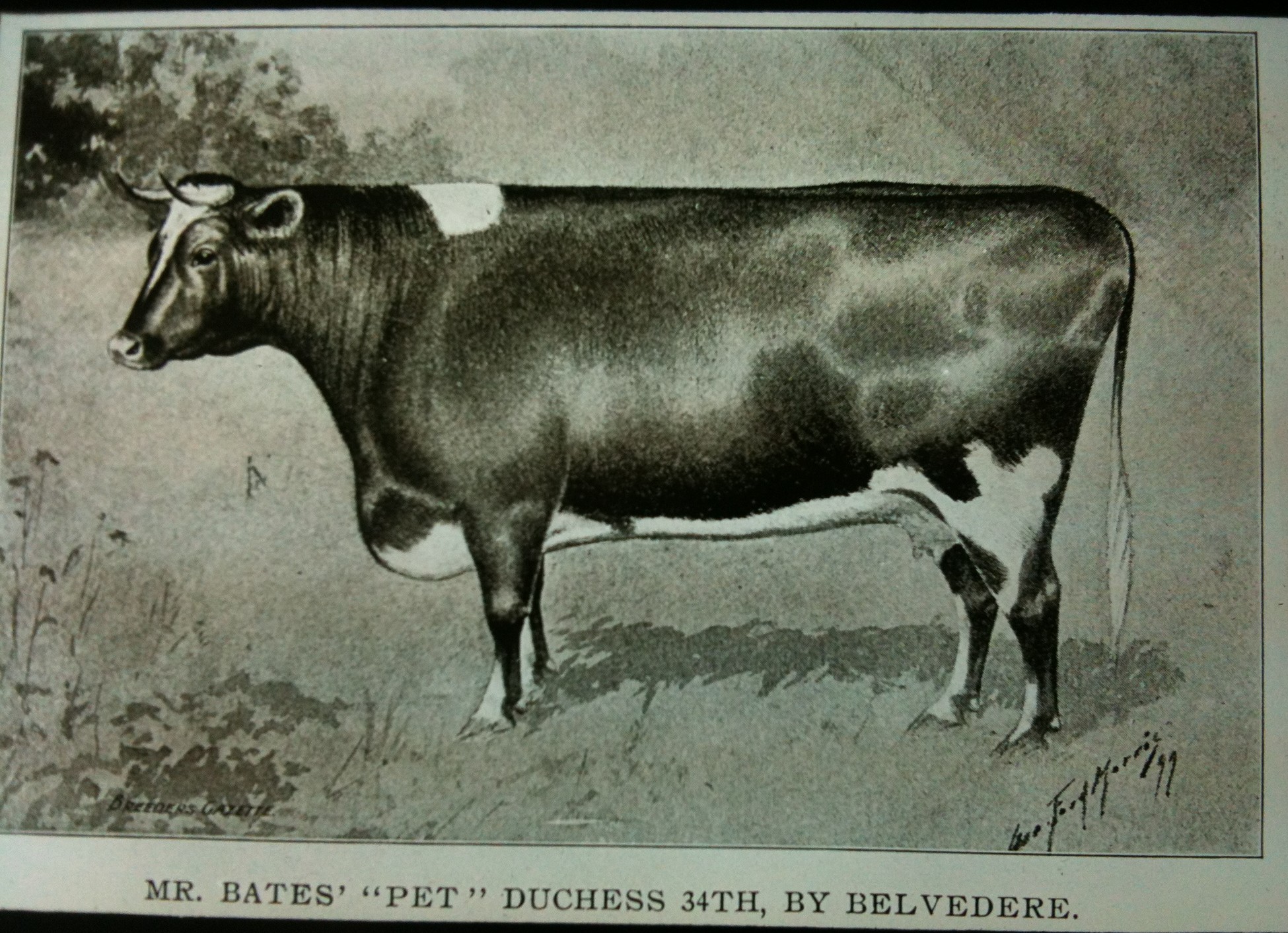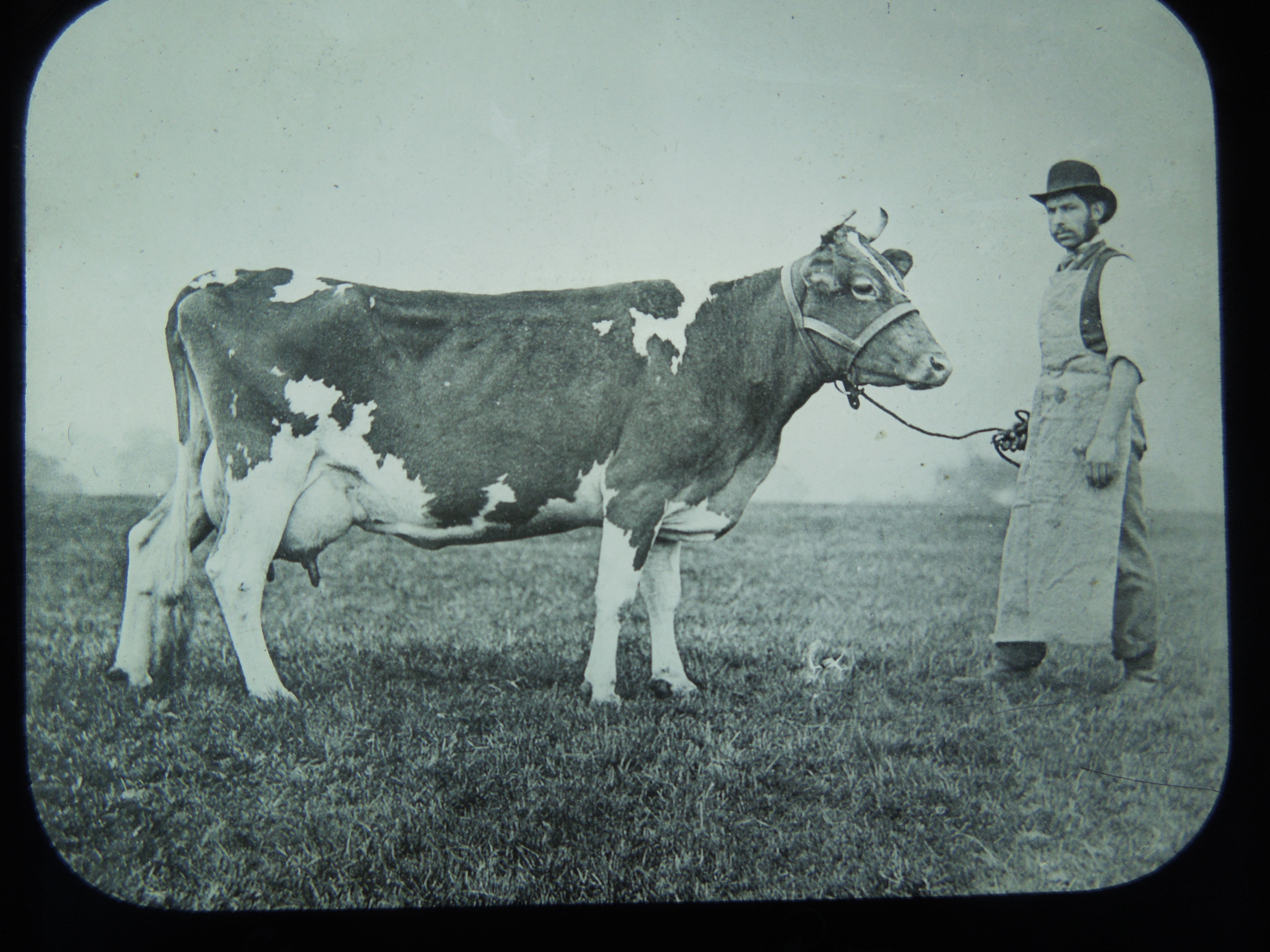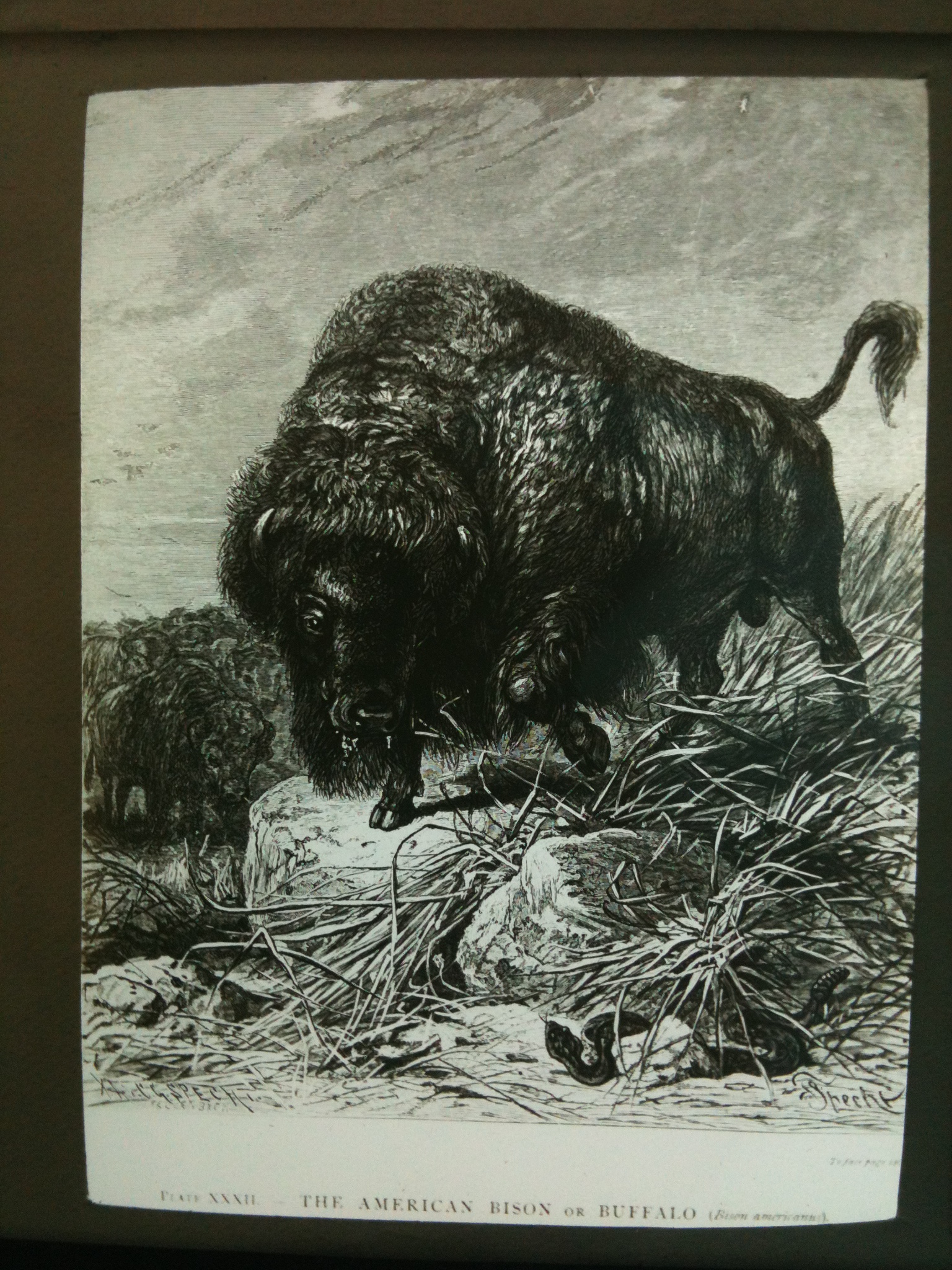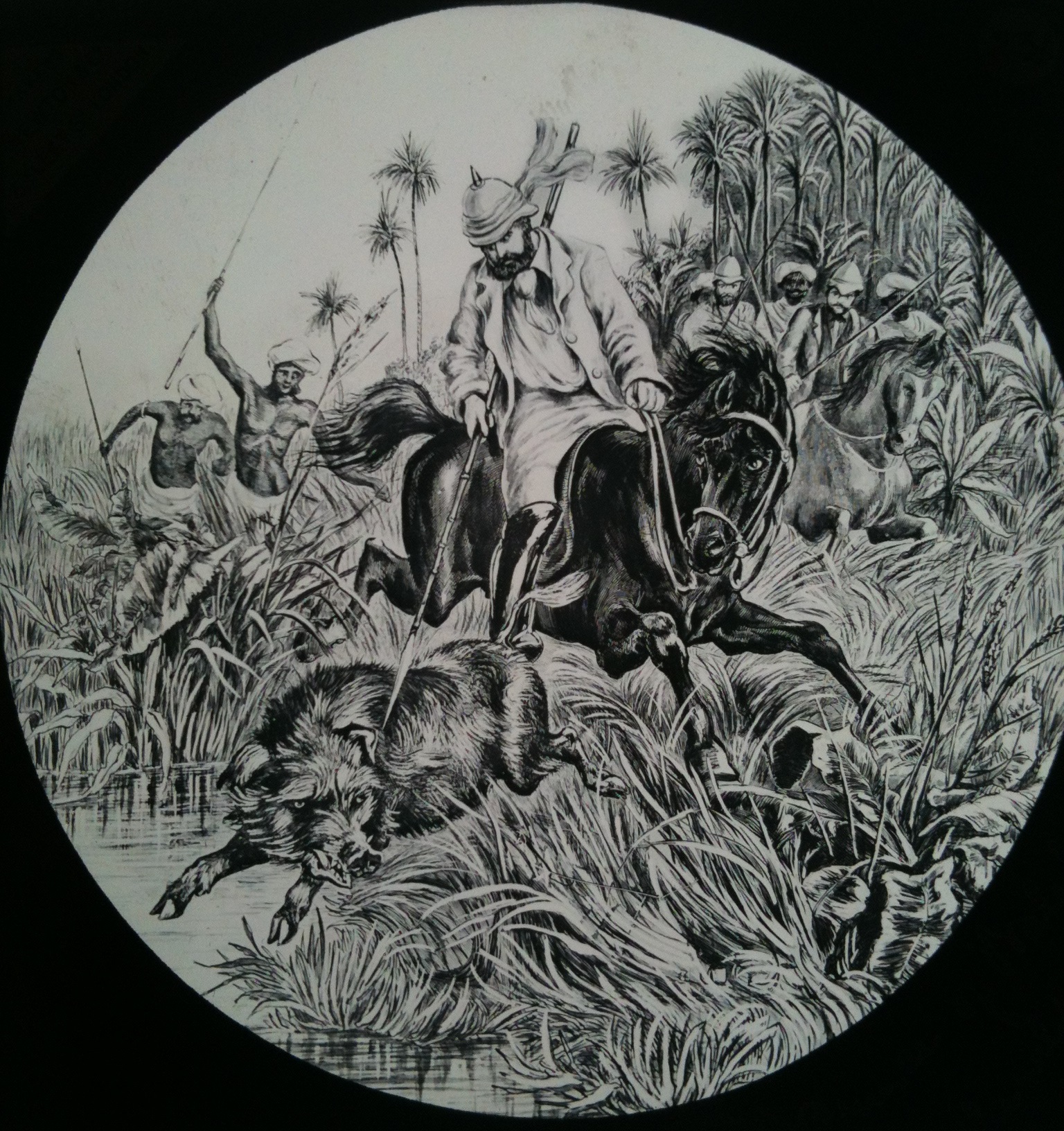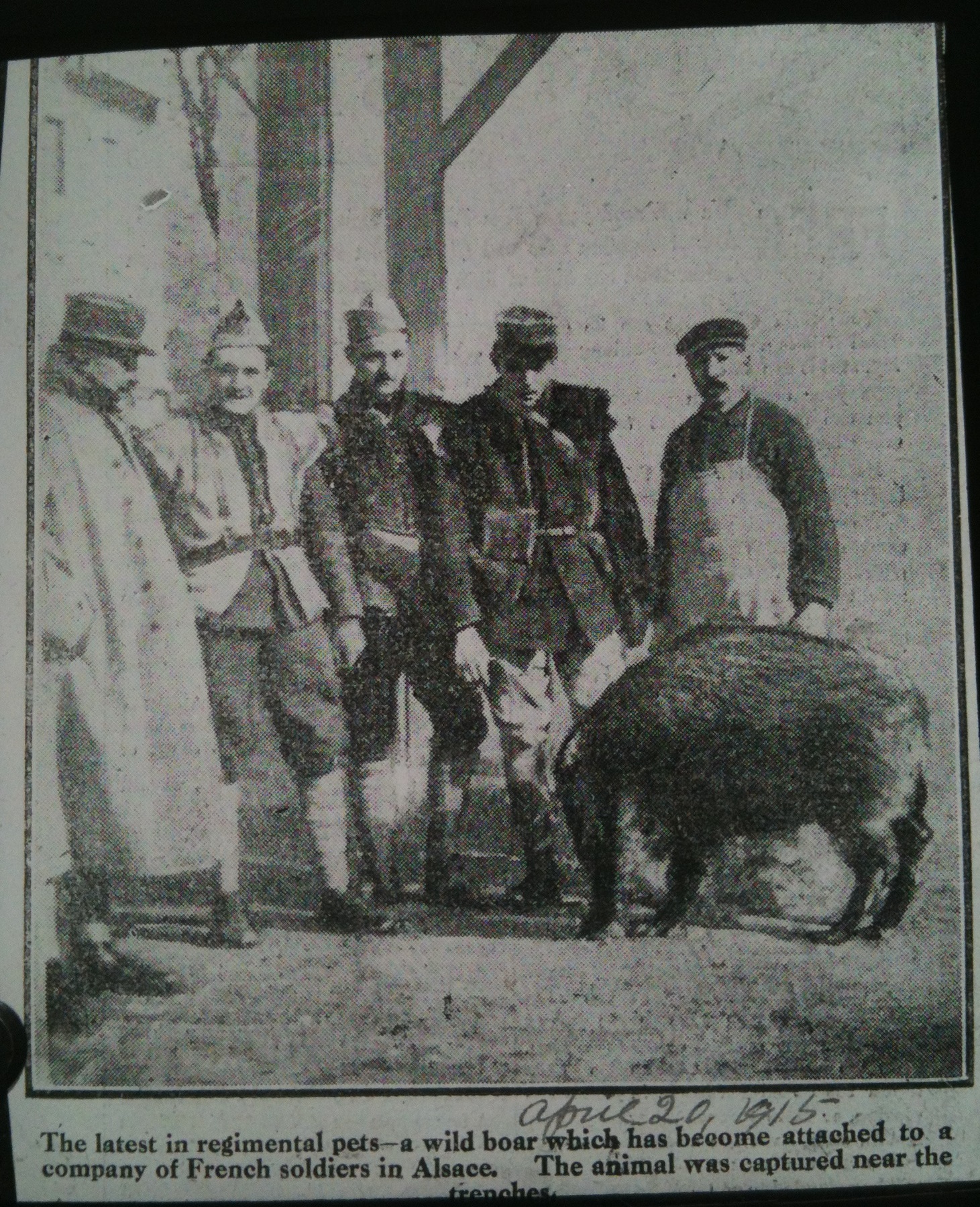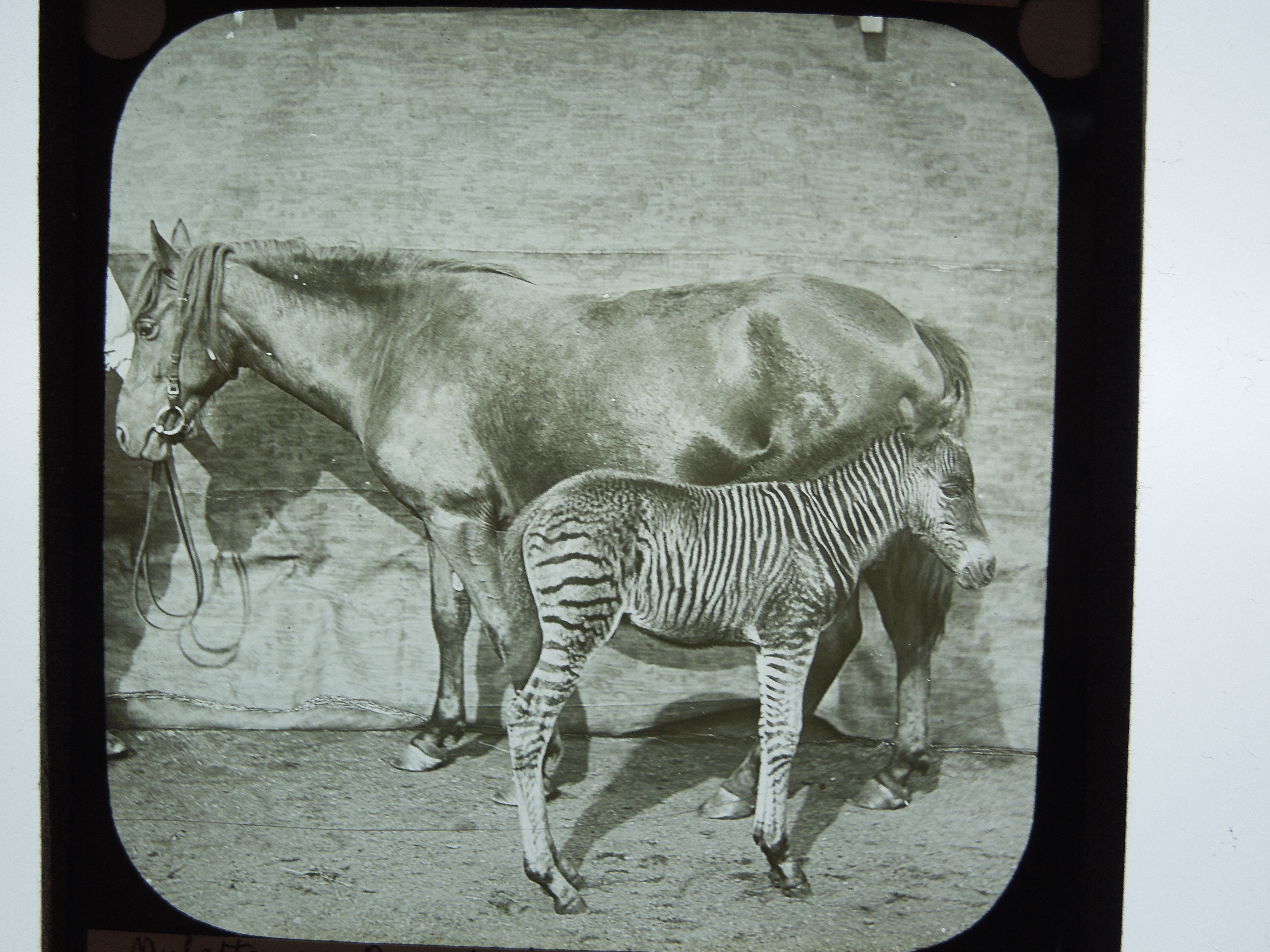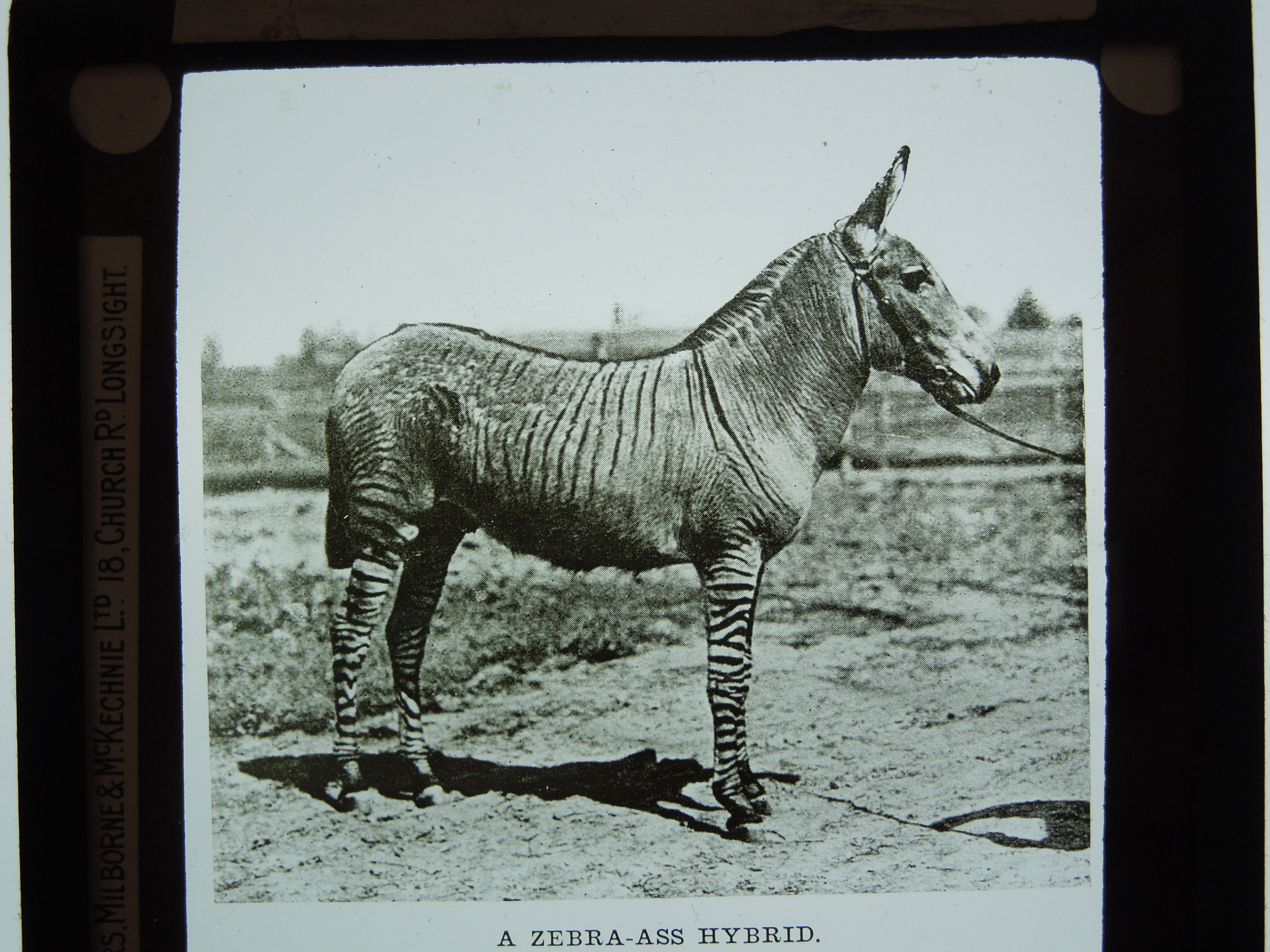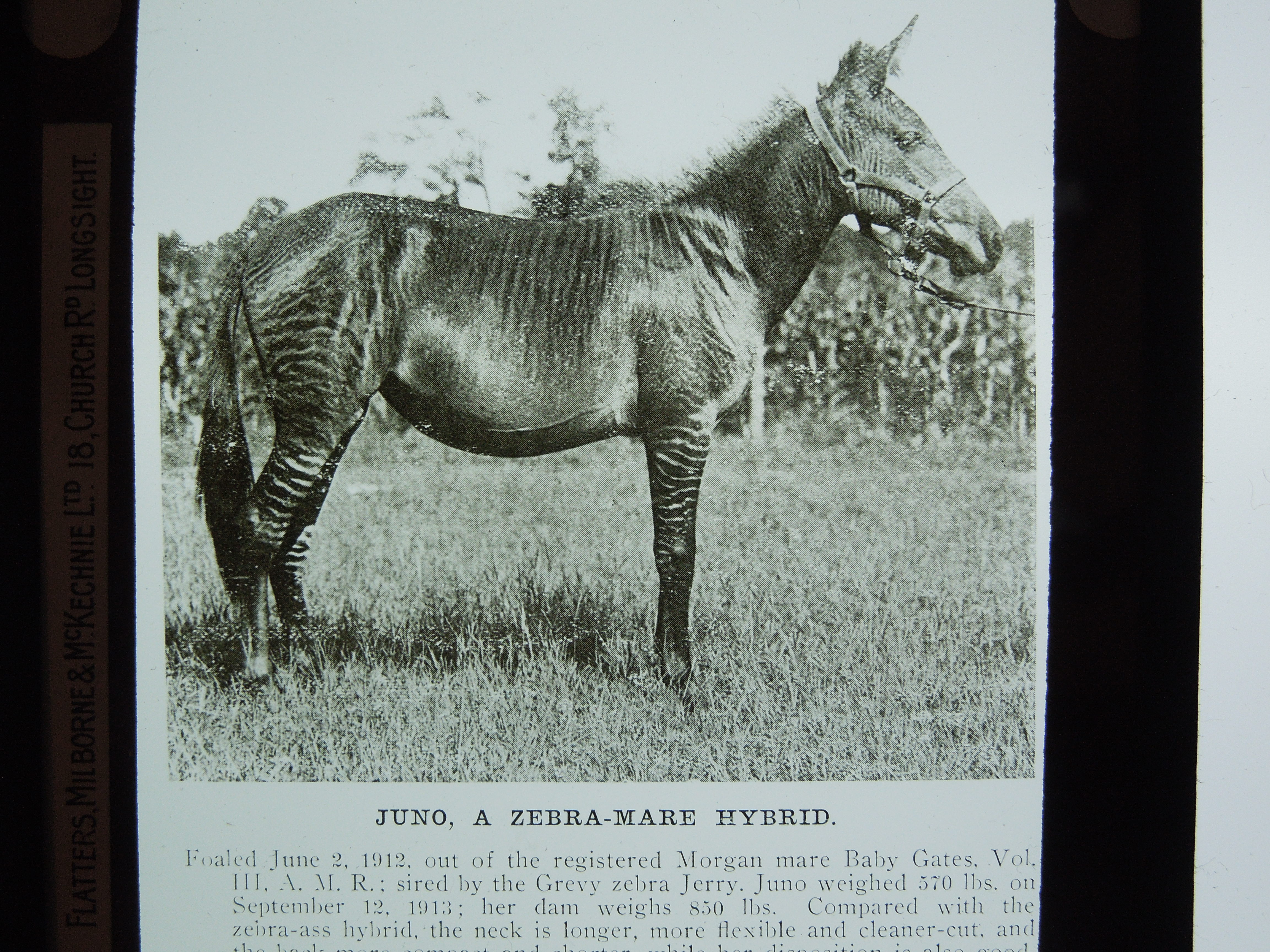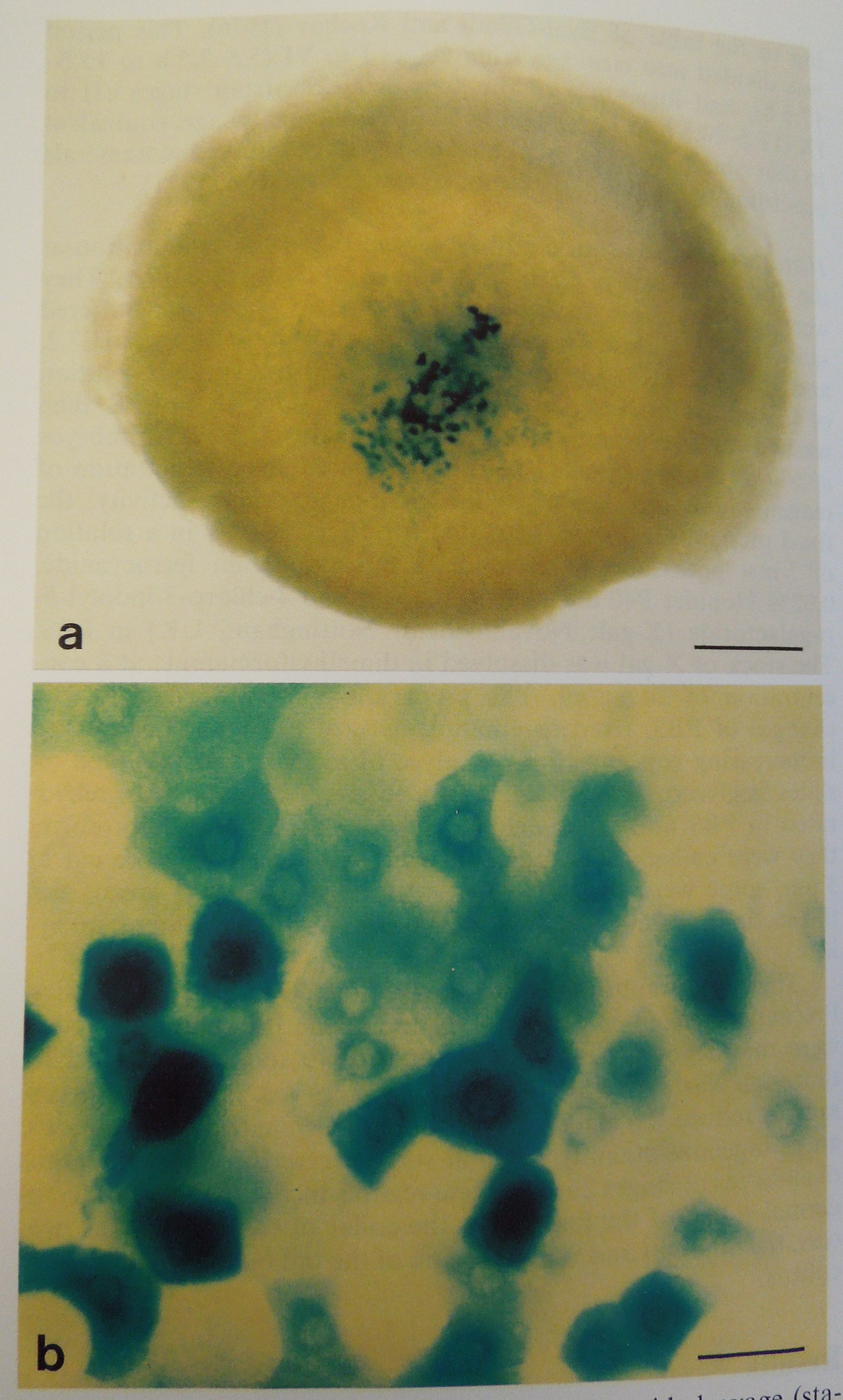 Guest bloggers Mhairi Towler and Paul Harrison write how using the Waddington archive inspired their artwork
Guest bloggers Mhairi Towler and Paul Harrison write how using the Waddington archive inspired their artwork
Clare Button, project archivist for ‘Towards Dolly’ has invited myself, Dr Mhairi Towler, and Dr. Paul Harrison (http://www.paulliamharrison.co.uk) to contribute a guest blog in relation to the work we have been carrying out on C.H Waddington. I have just completed a Masters in Animation and Visualisation at Duncan of Jordanstone College of Art and Design in Dundee (http://mhairimastersproject.wordpress.com/) and as part of this course studied under Dr. Harrison on placement at the Visual Research Centre, University of Dundee (http://www.dundee.ac.uk/djcad/vrc).
Dr. Harrison was invited to be involved as artist in residence with a newly funded FP7 European community-funded network of excellence entitled ‘EpiGeneSys’, which includes 22 partners across Europe (http://www.epigenesys.eu). EpiGeneSys combines interdisciplinary research into epigenetics and systems biology, and work is required to visualise this ground-breaking interaction in both a specialist and public context. Dr. Harrison’s project, ‘Epigenetic Landscapes’, fits into a work package on ‘Science and Society’, with the aim of developing a series of collaborative initiatives at network centres throughout Europe. Outputs, over a period of five years, will include several associated events and productions, such as exhibitions, workshops and publications – one of which will include a retrospective/reappraisal of the work of Conrad Hal Waddington, who first established the term ‘epigenetics’.
During our exploration of Waddington’s work we visited Special Collections at Edinburgh University Library to gain inspiration from the Waddington archive held there, in order to develop animations. When writing about his concepts, Waddington regularly described them in three dimensions; therefore it wasn’t too difficult to get into his way of thinking and visualise illustrations in 3D form. From the archive, two images were chosen to produce visual outcomes.
The first was the famous, “Epigenetic Landscape”, described by Clare in a previous post. This was developed into an animation with help from one of my classmates, Link Li. A still from the animation is shown below along with a photograph of the original:

Secondly, an illustration of a lampbrush chromosome (a structure that forms inside a developing egg) from Waddington’s 1956 book, Principles of Embryology, was used as the basis for a short animated film, Chromonema, made for my Masters project. Again, the original illustration from the archive and a still from the film are shown below:

Being able to access the Waddington archive for this project was highly beneficial and gaining further insight into the life and work of Waddington was extremely interesting.
Please see the following blog for further documentation of the project. http://placementmodule.wordpress.com
– Dr Mhairi Towler, with thanks to Dr Paul Harrison
 t’s open from April 5th to July 6th, 2013 at University of Edinburgh’s Main Library on George Square on the lower ground floor with hours from 10am to 5pm Monday through Saturday. See the blog for even more information and images.
t’s open from April 5th to July 6th, 2013 at University of Edinburgh’s Main Library on George Square on the lower ground floor with hours from 10am to 5pm Monday through Saturday. See the blog for even more information and images. Cossar Ewart and Professor Robert Wallace.
Cossar Ewart and Professor Robert Wallace.
